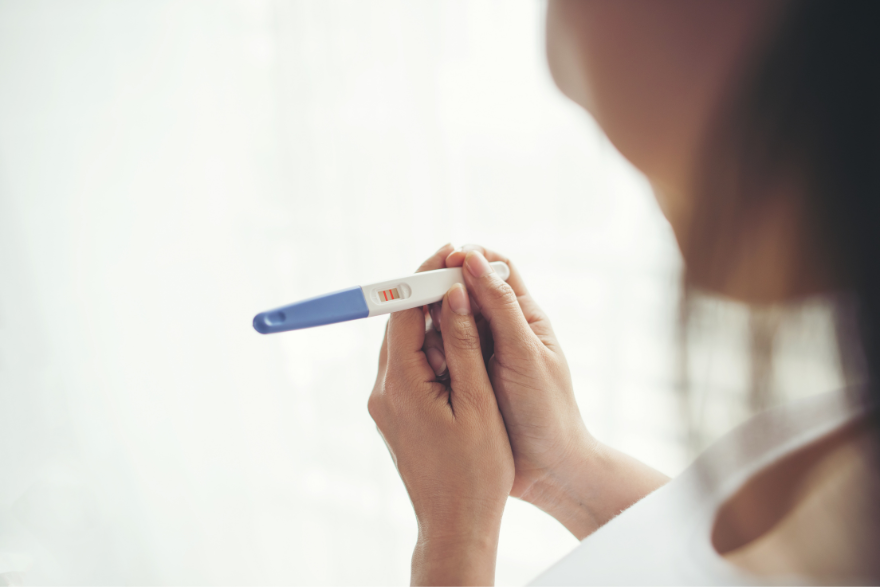The average age of pregnancy has increased in recent years as more women pursue formal education and a career, postponing marriage and motherhood, thus affecting their fertility. Consequently, a large group of women who reach their last reproductive years in these circumstances seek medical assistance associated with infertility.
On the other hand, the number of people of reproductive age who have survived potentially lethal diseases, such as cancer and other autoimmune diseases, has increased, as therapies for these diseases improve. It is estimated that by this year, 1 in 250 adults will be a survivor of childhood cancer.
These two changing phenomena in the life of women today lead us to devise ways to expand the window of conception that is not only limited because there is no production of eggs in the woman’s ovary after the postnatal period, but they also undergo a process of programmed death throughout the woman’s life that culminates in their disappearance in menopause. The fact that the age of menopause is variable (42 to 58 years) seems to indicate that women are endowed with a variable number of eggs at birth and/or that the speed with which these are lost varies from woman to woman.
However, this process of loss of eggs in the ovary can be accelerated by medical treatments that destroy the follicles (structure that comprises the immature egg with the granulose cells that cover it) and these treatments can be surgical, drug (chemotherapy) or associated with radiotherapy as part of therapies that try to save the woman’s life. but that can compromise future quality of life by producing premature ovarian failure.
The appearance of premature ovarian failure of iatrogenic origin or secondary to medical treatments will then depend on 3 factors: the age of the woman at the time of treatment, the type of treatment and the total dose of medication or radiotherapy administered. The age of the woman is in itself a protective factor to the extent that the young woman has more primordial follicles at the time of injury to the ovary, which allows her to recover ovarian function after treatment despite the fact that their destruction also occurs. This can be reflected, if not in imminent ovarian failure, then in an earlier menopause.
In the case of chemotherapy, there are 3 groups according to the risk of producing destruction of ovarian follicles and ovarian failure. Among the best-known medications in the high-risk group are cyclophosphamide, busulfan, nitrogen mustard and melphalan. Within the low or no risk group are methotrexate and 5-Fluoracil, among others. The risk of ovarian failure after treatment of cancers such as lymphoma, leukemia or breast cancer with drugs such as cyclophosphamide increases as the woman’s age increases. Thus, one in five women with an average age of 29 years will develop ovarian failure after this treatment, compared to 3 in 5 after the age of 30. However, when the total dose of chemotherapy given is high or the combination of drugs potentiates its harmful effect on the ovary, 9 out of 10 women will not menstruate again due to iatrogenic ovarian failure; such is the case of combination chemotherapy, with or without radiotherapy, for bone marrow transplantation.
It is in these cases that the greatest collaboration between the medical team is required in order to give timely advice, especially to those women who have not yet satisfied their motherhood.
InSer Group

